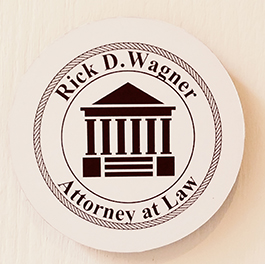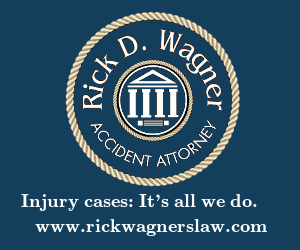Settling a personal injury claim with an insurance company can be a complex and often daunting process. Understanding the intricacies involved is crucial for a favorable outcome. This blog post aims to in general inform you through the process, focusing on the types of evidence required and how insurance companies evaluate claims. Bear in mind each claim is different and can have different settlement structures and this discussion is by way of example only.
Initial Steps
Reporting the Incident
The first step in any personal injury claim is to report the incident to the insurance company. This should be done as soon as possible to ensure that the claim process can begin promptly.
Consult an experienced car accident attorney like Rick Wagner
Given the complexities involved, an attorney focusing on motorcycle and car accidents can be quite beneficial. The Law Office of Rick D Wagner can guide you through the legal maze and help you gather the necessary evidence.
Types of Evidence to Submit
1. Medical Records: These are the cornerstone of any personal injury claim. They provide documented evidence of your injuries, the treatment you’ve received, and the projected path of your recovery.
2. Police Reports: If the injury resulted from an automobile or motorcycle accident, a police report can provide an unbiased account of the incident.
3. Photographic Evidence: Photos of the accident scene, your immediate injuries, and any property damage can be compelling forms of evidence.
4. Witness Testimonies: Statements from people who witnessed the accident can corroborate your account of the events.
5. Financial Records: Keep track of all expenses related to your injury, including medical bills, loss of income, and any other costs incurred.
6. Expert Testimonies: In some cases, expert opinions may be necessary to establish the extent of your injuries or to prove negligence.
How Insurance Companies Evaluate Claims
Liability Assessment: The insurance company will first determine who is liable for the injuries. This involves evaluating all the evidence to ascertain the degree of fault for each party involved.
Damage Assessment: The next step is to assess the damages, which includes not just physical injuries but also emotional and financial damages. This is where your medical records and financial documents come into play.
Settlement Offer: Based on these assessments, the insurance company will typically make a settlement offer. This is often a low initial offer, and it’s where the negotiation process begins.
Negotiation: An attorney like Rick D Wagner PC who focuses on these types of accidents will negotiate with the insurance company on your behalf. The goal is to arrive at a settlement amount that adequately compensates you for your injuries and other damages.
Navigating the settlement process for a personal injury claim involves multiple steps and requires a variety of evidence types. Understanding how insurance companies evaluate claims can give you an edge in negotiations. While this process can be complex, having a knowledgeable attorney such as Rick Wagner who focuses on motorcycle and car accidents by your side can make a significant difference in the outcome of your claim.
*Disclaimer: This blog post is intended for informational purposes only and should not be construed as legal advice. For any personal injury claims, it is strongly recommended to consult with a qualified attorney specializing in car accidents.*.
-Rick D Wagner


